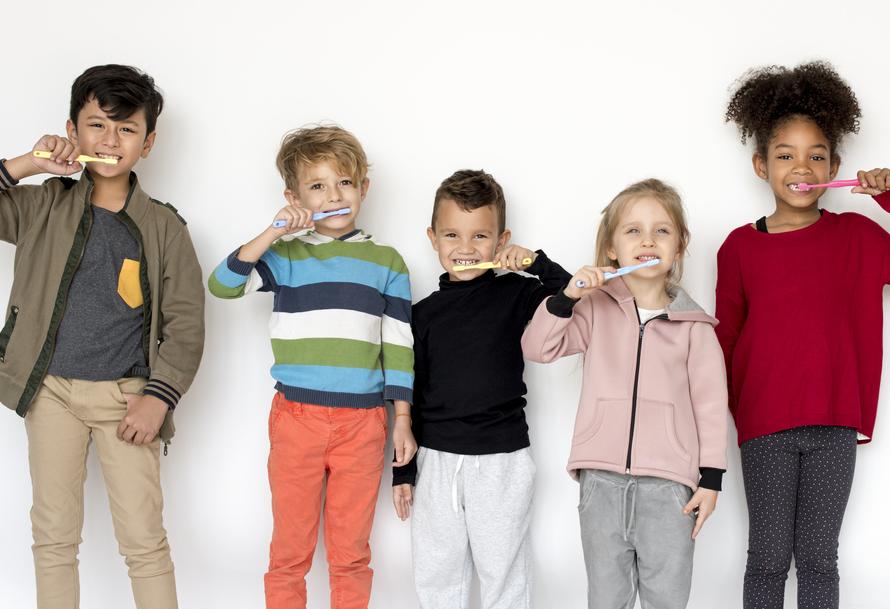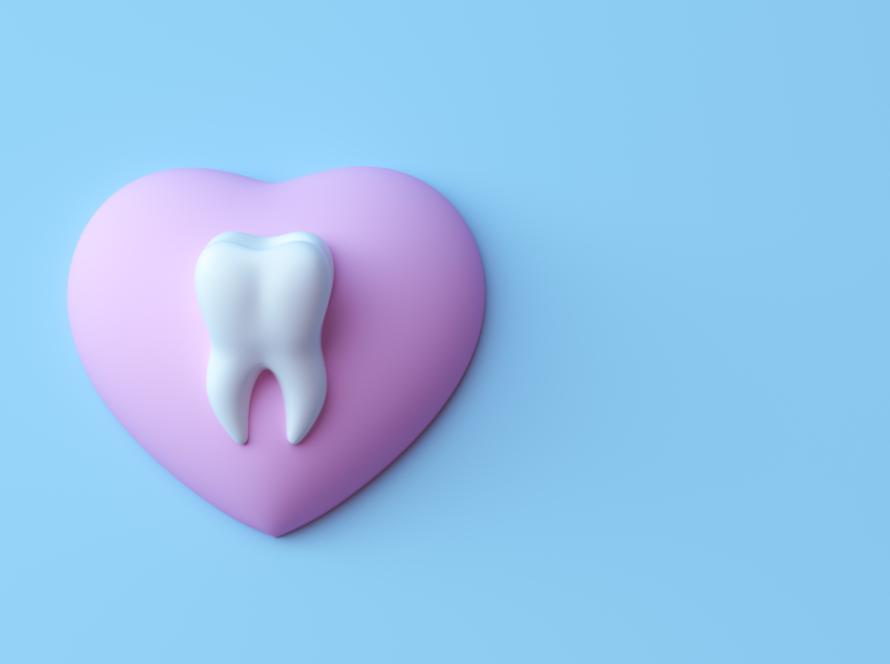Pediatric dental sedation is a topic that makes many parents uneasy. It sounds serious, and it is—but not for the reasons most people think. While fear around sedation is common, much of it is based on outdated ideas or internet myths. The real challenge? Knowing when it’s necessary and how modern dentistry makes it safer and more child-friendly than ever.
When Sedation Becomes Necessary
Sedation isn’t the go-to for every dental appointment. But there are very real situations where it becomes not just helpful, but essential.
- Extensive Dental Work: Kids needing multiple fillings, extractions, or full-coverage restorations, like kids’ crowns, benefit from sedation to manage time, discomfort, and anxiety.
- Severe Dental Anxiety: Some children have an intense fear of dental visits, often due to past trauma or sensory processing issues. Sedation helps create a calm experience and avoids emotional distress.
- Very Young Patients: Treating toddlers is tricky. They may not sit still or understand directions. Sedation allows dentists to complete necessary procedures safely and efficiently.
- Special Needs: Children with developmental or physical conditions often require sedation so their dental care can be completed without added stress or risk.
The goal isn’t to “knock them out” unnecessarily; it’s to make necessary treatment possible without psychological or physical harm.
Busting the Myths Around Safety
Let’s clear the air on some common myths about pediatric dental sedation:
- Myth 1: Sedation is Dangerous for Kids While any medical procedure carries risk, sedation in pediatric dentistry is strictly regulated. Dentists follow guidelines from reputable industry organizations. Advanced training and in-office emergency protocols ensure that sedation is delivered safely.
- Myth 2: It Means General Anesthesia Every Time Sedation isn’t one-size-fits-all. Options range from mild (like nitrous oxide) to moderate (oral sedatives) to deep (IV sedation or general anesthesia). Often, a mild or moderate approach is enough.
- Myth 3: It’s Overused Actually, many pediatric dentists try to avoid sedation unless necessary. It’s used judiciously when the benefits clearly outweigh the risks—especially when kids’ oral care is at stake.
Modern Methods: Safer, Smarter, Kinder
Today’s sedation methods are vastly more advanced than they were even a decade ago. Here’s what makes modern pediatric sedation more child-friendly:
- Tailored Sedation Plans: Dentists assess the child’s medical history, anxiety levels, and treatment needs before recommending a sedation type. It’s not a blanket approach.
- Nitrous Oxide (Laughing Gas): This mild sedative helps take the edge off. It wears off quickly and has very minimal side effects, making it ideal for less complex procedures.
- Oral Conscious Sedation: This moderate option helps anxious kids stay relaxed while remaining awake and responsive.
- IV Sedation and General Anesthesia: Reserved for more complex or longer procedures, these are typically done in hospital settings or with anesthesiologists present.
- Better Monitoring Equipment: Children are continuously monitored for heart rate, oxygen levels, as well as other vital signs during the procedure.
Less-Discussed but Crucial Considerations
Here are some conversations around pediatric dental sedation that don’t get enough airtime:
- Emotional Aftercare: Parents should be prepared for some disorientation, mood swings, or crankiness post-sedation. Providing a comforting environment at home helps with emotional recovery.
- Impact on Future Dental Behavior: When done right, sedation can prevent future dental anxiety by giving the child a stress-free experience early on. But when done poorly, it can reinforce fear. Choose your provider wisely.
- Parental Guilt: Many parents feel like they’ve failed if their child needs sedation. Let that go. Prioritizing a child’s comfort and safety is a sign of excellent parenting, not weakness.
- Cost and Coverage: Insurance may not always fully cover sedation. It’s worth discussing options with the dental office in advance. Some offer payment plans or alternative sedation methods to reduce cost.
Final Thoughts: Trust the Process, Ask Questions
Saying yes to pediatric dental sedation is a big decision. But it shouldn’t be a fearful one. It’s a tool—a safe, regulated, and increasingly sophisticated tool—that allows dentists to care for your child when other methods fall short.
Ask questions. Understand the options. And most of all, trust that with the right team, sedation isn’t about over-medicalizing dental care. It’s about protecting your child’s health, comfort, and confidence for the long run.
Because tiny teeth deserve big care—without the trauma.


